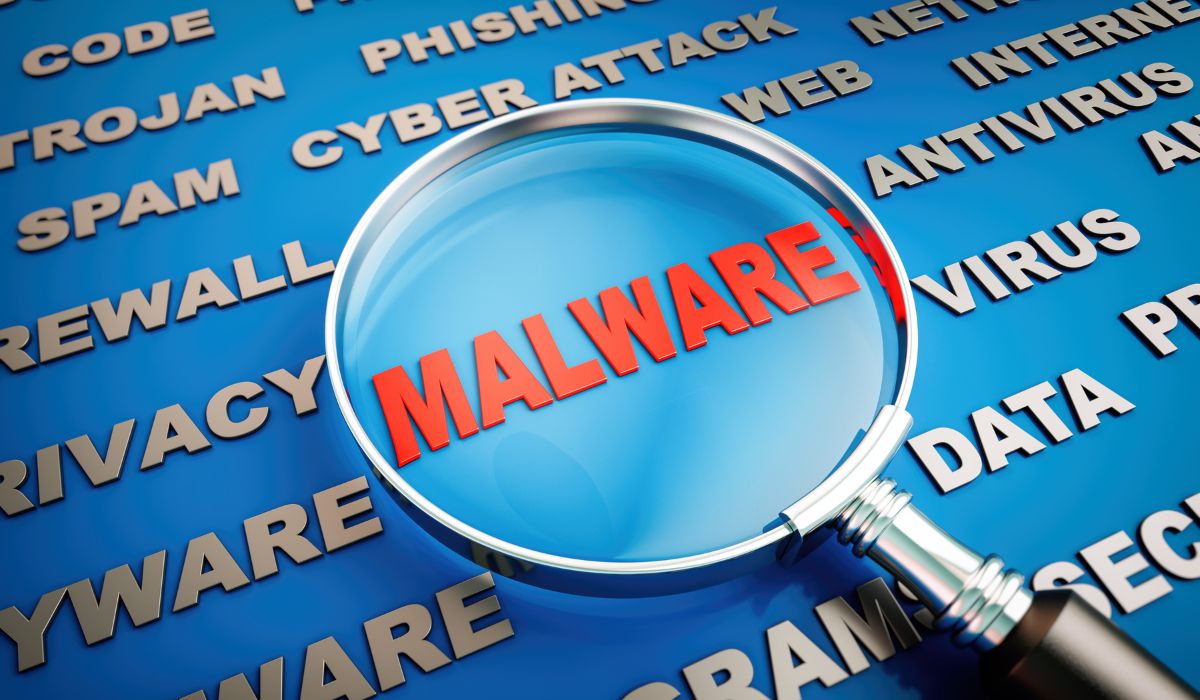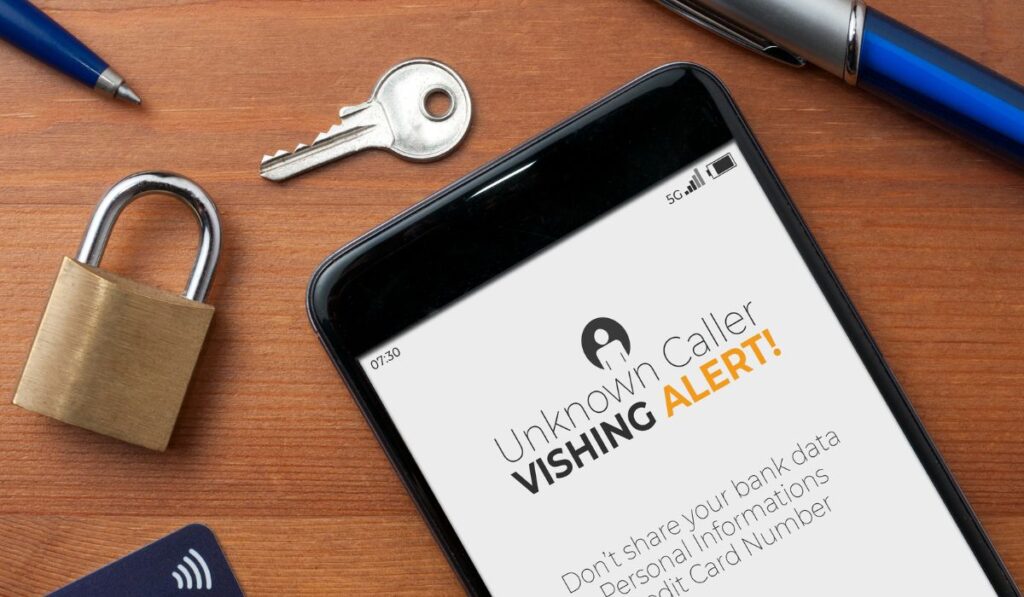Defend Your Digital Security: Safeguard Against Malware Phishing with Pillar Support
Malware phishing, also known as malicious phishing, is a type of cyber attack that combines phishing techniques with the distribution of malware. It involves deceptive tactics to trick users into clicking on malicious links, opening infected email attachments, or downloading malicious files. These actions can lead to the installation of malware on the victim’s device, compromising their security and privacy.
This article aims to provide insights into malware phishing, its potential risks, and strategies to detect and prevent such attacks.
Table of Contents
What is Malware Phishing?
Malware phishing, also known as malicious phishing, is a technique used by cyber attackers to distribute malware through deceptive tactics. In this type of attack, cybercriminals send fraudulent emails, messages, or use other forms of communication to trick users into clicking on malicious links, opening infected email attachments, or downloading infected files. The ultimate goal is to install malware on the victim’s device without their knowledge or consent.
There are various types of malware that are commonly used in phishing attacks. Ransomware, for example, encrypts the victim’s files and demands a ransom for their release. Keyloggers capture keystrokes to steal sensitive information such as login credentials. Spyware secretly monitors and collects information about the victim’s activities.
What makes malware phishing particularly dangerous is its combination of two prevalent and easily executed attacks: phishing and malware distribution. By leveraging the deception of phishing and the damaging capabilities of malware, cybercriminals can compromise the security and privacy of individuals and organizations, leading to financial loss, data breaches, and other detrimental consequences.
How Malware Phishing Works
Malware phishing follows a series of steps designed to deceive users and deliver malware to their devices. Here’s an overview of how a typical malware phishing attack works:
Planning and Preparation
The attacker conducts research to identify potential targets and gather information that can be used for customization. They may research the target’s organization, role, or interests to craft convincing messages.
Crafting the Message
The attacker creates a deceptive message that appears legitimate and trustworthy. This can be an email, text message, social media post, or any other form of communication. They often impersonate reputable organizations or individuals to trick the recipient into believing the message is genuine.
Delivery
The attacker sends the phishing message to the targeted individuals, either in bulk or through targeted spear phishing. The message may contain a malicious attachment, a link to an infected website, or use social engineering techniques to manipulate the recipient into taking a desired action.
Deception and Exploitation
When the recipient interacts with the malicious content, such as opening an attachment or clicking on a link, malware is installed on their device. This malware can range from ransomware, which encrypts files and demands a ransom, to keyloggers or spyware that capture sensitive information.
Payload Execution
Once the malware is installed, it begins executing its intended functions. This may involve stealing sensitive data, compromising the victim’s system, or establishing backdoors for future unauthorized access.
Delivery methods for malware phishing attacks can vary. They often include infected email attachments disguised as legitimate documents, links to infected websites that prompt the download of malicious files, or social engineering tactics that exploit human vulnerabilities to deceive users into taking harmful actions.
Signs of a Malware Phishing Attempt

Here are some signs that can indicate a malware phishing attempt:
- Suspicious Email Senders: Pay attention to email senders that seem unfamiliar or suspicious. Look out for email addresses that are slightly altered or resemble legitimate ones but contain misspellings or additional characters.
- Urgent or Enticing Content: Be cautious of emails that create a sense of urgency or offer tempting deals to prompt immediate action. Phishing emails often try to invoke fear, excitement, or curiosity to manipulate recipients into clicking on malicious links or downloading infected attachments.
- Unusual System Behavior: If your computer or device starts exhibiting unusual behavior, such as slow performance, frequent crashes, or unexpected pop-ups, it could be a sign of a malware infection. Malware phishing attempts often aim to compromise system functionality and exploit vulnerabilities.
- Anti-Malware Warnings: Pay attention to alerts or warnings from your anti-malware software or security solutions. They may flag certain emails, attachments, or websites as potentially malicious and advise against engaging with them.
It’s important to note that these signs alone may not guarantee the presence of a malware phishing attempt, as some indicators can also be attributed to other factors. However, remaining vigilant and cautious when encountering suspicious emails or unusual system behavior can help minimize the risk of falling victim to malware phishing attacks.
Protecting Against Malware Phishing Attacks
To protect against malware phishing attacks, consider implementing the following measures:
Robust Email Security
Utilize spam filters and implement email authentication protocols like SPF, DKIM, and DMARC to prevent malicious emails from reaching your inbox. These security measures can help detect and block phishing attempts.
Exercise Caution with Links and Attachments
Be cautious when clicking on links or downloading attachments, especially from unknown or untrusted sources. Verify the legitimacy of the sender and the content before taking any action. Hover over links to check the URL before clicking.
Keep Software Updated
Regularly update your operating system, software applications, and security patches. Software updates often include important security fixes that help protect against known vulnerabilities.
Education and Awareness
Educate employees and individuals about safe browsing habits and raise awareness about malware phishing attacks. Teach them how to recognize phishing emails, suspicious links, and potential red flags. Encourage reporting of any suspicious emails or incidents.
Use Reliable Security Software
Install reputable antivirus and anti-malware software on your devices. These programs can help detect and prevent malware infections and phishing attempts.
By implementing these measures and promoting a culture of security awareness, you can significantly reduce the risk of falling victim to malware phishing attacks. Regularly reviewing and updating your security practices is crucial to staying protected against evolving threats.
Best Practices for Malware Phishing Prevention
To prevent malware phishing attacks, it is important to follow these best practices:
- Regular Data Backups: Regularly back up your important data and store backups in secure locations, both offline and offsite. This ensures that you can recover your data in case of a malware infection or ransomware attack.
- Reliable Antivirus and Anti-Malware Software: Install and regularly update reputable antivirus and anti-malware software on all your devices. These programs can detect and remove malicious programs, providing an additional layer of protection against malware phishing attacks.
- Enable Firewalls and Network Security: Enable firewalls on your devices and network to block incoming threats. Firewalls act as a barrier between your devices and the internet, monitoring and filtering incoming and outgoing network traffic for suspicious activities.
- Conduct Security Audits: Regularly perform security audits and vulnerability assessments to identify and mitigate potential security risks. This includes reviewing system configurations, patch management, and access controls to ensure a robust security posture.
- Exercise Caution and Stay Informed: Be cautious when interacting with emails, links, and attachments, especially from unknown sources. Educate yourself and your employees about the latest malware phishing techniques and stay informed about emerging threats. Stay updated with security best practices and follow industry recommendations.
By following these best practices, you can significantly reduce the risk of falling victim to malware phishing attacks and protect your sensitive information and systems from potential harm.
Pillar Support: Strengthening Defenses Against Malware Phishing
Pillar Support is a trusted provider of comprehensive solutions for strengthening defenses against malware phishing attacks. With our expertise in malware protection and digital security, we offer tailored solutions to help individuals and organizations safeguard their systems and data.
Our services include advanced malware prevention measures, such as robust email security solutions, spam filters, and email authentication protocols, to detect and block malicious emails and attachments. We also provide reliable antivirus and anti-malware software to detect and remove malware from infected devices.
In addition, our team of experts delivers fraud awareness training programs to educate employees and individuals about the latest malware phishing techniques and best practices for safe browsing habits. We empower you with the knowledge and skills to recognize and respond to phishing attempts effectively.
At Pillar Support, we understand the criticality of timely incident response. Our team is equipped to provide rapid assistance in case of a malware incident, offering comprehensive incident response services to mitigate the impact and minimize the risk of data loss or compromise.
By partnering with Pillar Support, you can enhance your malware protection strategies, fortify your digital security defenses, and ensure a proactive approach to combatting malware phishing threats. Visit our website today to learn more about our services and how we can assist you in staying one step ahead of cyber threats.
Frequently Asked Questions
What Is Malware Phishing?
Malware phishing is a form of cyber attack where attackers use deceptive techniques to distribute malicious software, also known as malware. This is typically done through phishing emails or websites that trick users into clicking on infected links, downloading malicious attachments, or providing sensitive information.
What Is an Example of Malware Phishing?
An example of malware phishing is receiving an email that appears to be from a legitimate organization, such as a bank or an online retailer. The email may contain a malicious attachment or a link that, when clicked, downloads malware onto the victim’s device. This malware can then steal personal information, log keystrokes, or encrypt files for ransom.
Does Phishing Count as Malware?
While phishing and malware are often used together in cyber attacks, they are not the same thing. Phishing refers to the act of deceiving users into divulging sensitive information, such as passwords or credit card details. On the other hand, malware refers to malicious software designed to gain unauthorized access to a system or disrupt its normal functioning. Phishing can be a delivery method for malware, as attackers often use phishing techniques to distribute malware to unsuspecting users.






